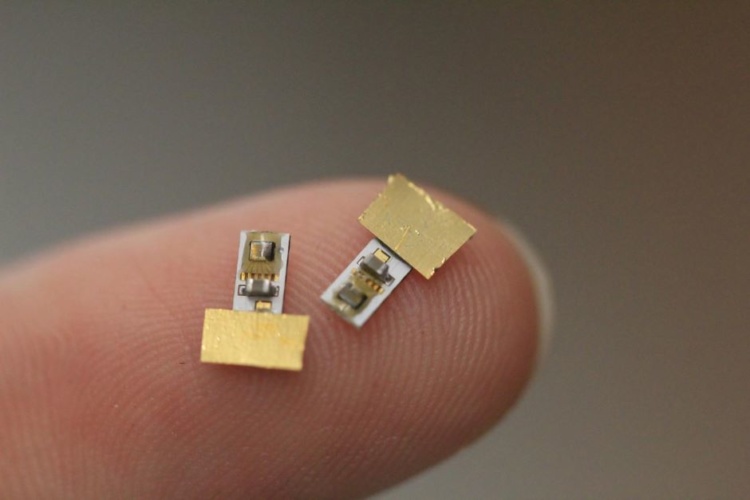
Experiments at Rice University's Brown School of Engineering in Houston, Texas showed an alternating magnetic field generated and controlled by a battery-powered transmitter outside the body can deliver power and programming to two or more implants to at least 60mm away.
Neural implant programmed and charged remotely
A peer-reviewed paper about the advance by electrical and computer engineer Kaiyuan Yang and his colleagues at Rice University's Brown School of Engineering won the best paper award at the IEEE's Custom Integrated Circuits Conference, held virtually in April, 2021.
According to Rice, the implants can be programmed with delays measured in microseconds, enabling them to coordinate the triggering of multiple wireless pacemakers in separate chambers of a patient's heart.
"We show it's possible to program the implants to stimulate in a coordinated pattern," Yang said in a statement. "We synchronise every device, like a symphony. That gives us a lot of degrees of freedom for stimulation treatments, whether it's for cardiac pacing or for a spinal cord."
The lab tested its tiny implants on tissue samples, live hydra vulgaris and in rodents. The experiments proved that over at least a short distance, the devices were able to stimulate two separate hydra to contract and activate a fluorescent tag in response to electrical signals, and to trigger a response at controlled amplitudes along a rodent's sciatic nerve.
"There's a study on spinal cord regeneration that shows multisite stimulation in a certain pattern will help in the recovery of the neuro system," Yang said. "There is clinical research going on, but they're all using benchtop equipment. There are no implantable tools that can do this."
The lab's devices, called MagNI (for magnetoelectric neural implants) were introduced last year as possible spinal cord stimulators that did not require wires to power and program them. The other alternative, as used in many battery-powered implants, is to replace them via surgery every few years.




Poll: Should the UK’s railways be renationalised?
I think that a network inclusive of the vehicles on it would make sense. However it remains to be seen if there is any plan for it to be for the...